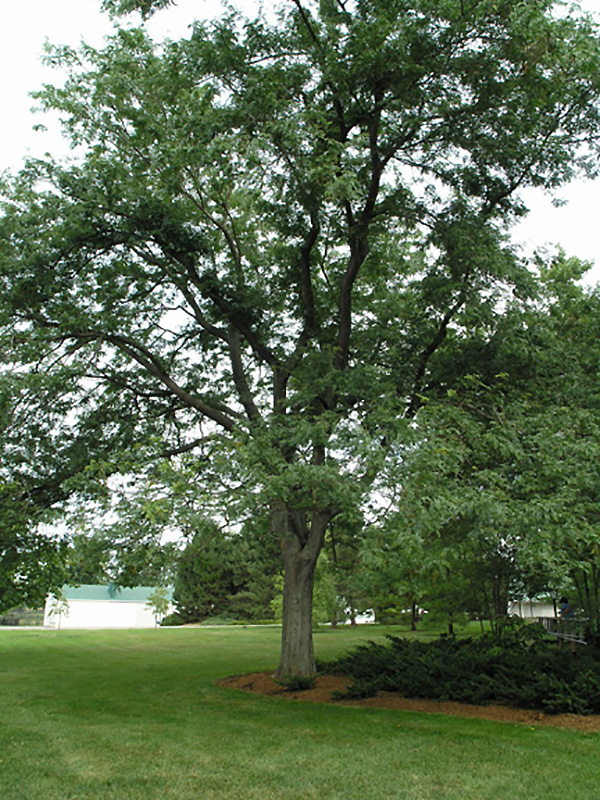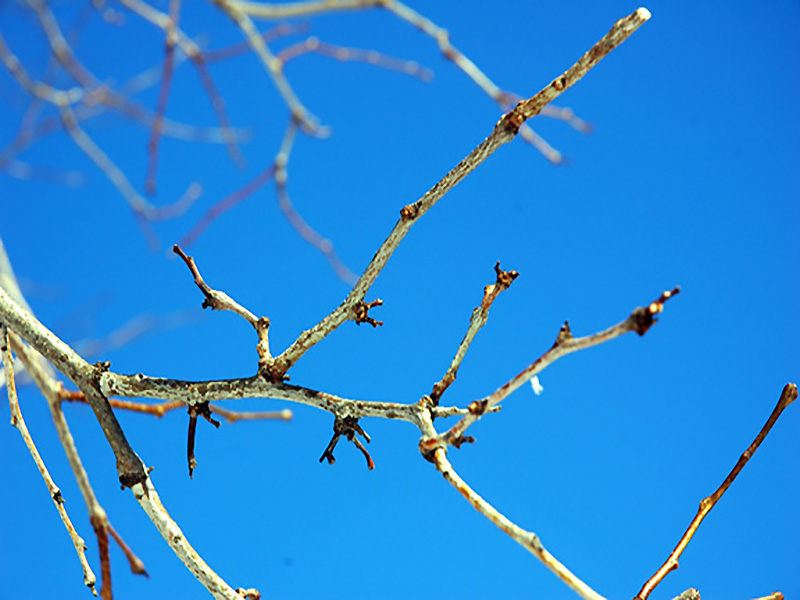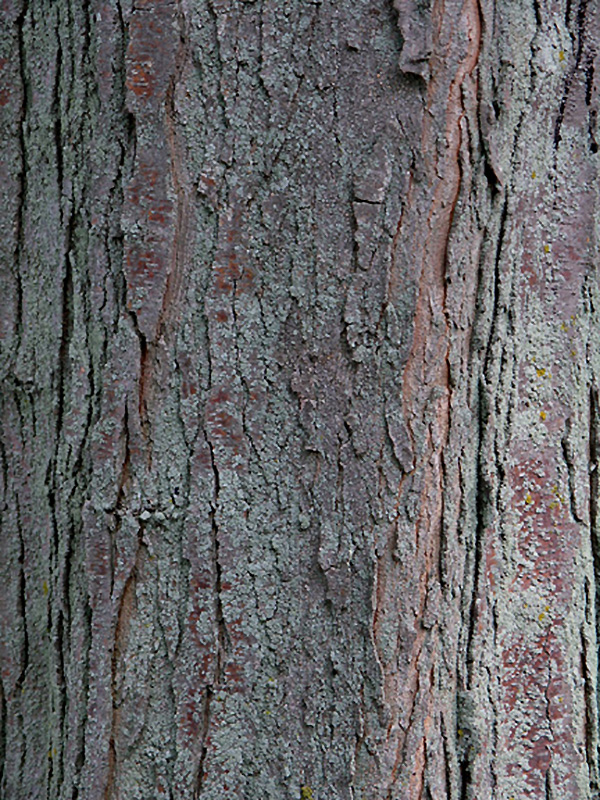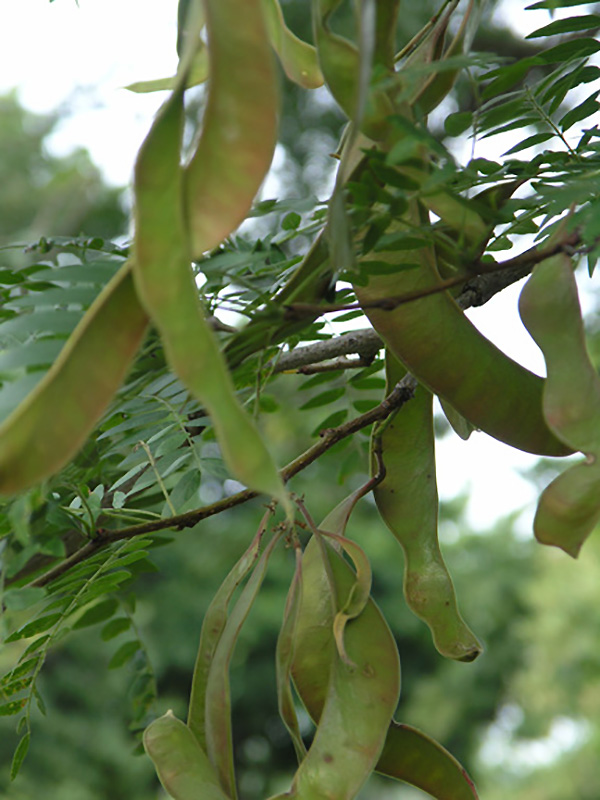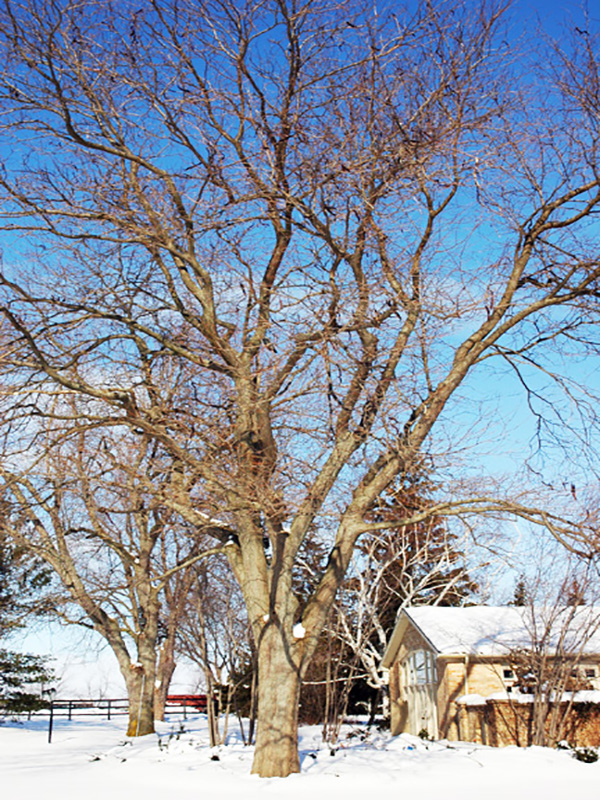| General Description | Has a wide thin spread crown, zig-zag shoot growth pattern, slightly gnarly branching structure.
|
| ID Characteristic | Small distinctive pinnate and bi-pinnate oval leaves, thin crown density, it has a long winter dormancy period, the cultivar ‘Shademaster’ has darker green leaves, than the species.
|
| Shape | Vase shape, later at maturity it will develop a more oval shape. |
| Propagation | Scarify seeds and sow directly outdoors in autumn, bud grafting is often used for clonally propagated plants.
|
| Cultivation | It grows strongly in well drained soils with a high pH, but it is also a very adaptable tree and will grow in less than perfect conditions. It requires full sun.
|
| Pests | Susceptible to mimosa webworm, powdery mildew, aphid infestations and spider-mites which will cause yellowing of the leaves. Reddish galls at the branch tips can be problematic.
|
| Notable Specimens | Victoria Park, London, Ontario. |
| Habitat | The species is native to the floodplains of eastern and southern United States. |
| Bark/Stem Description | The bark is smooth grey-olive in colour and heavily lentisiled when it is young, It has a grey plate like bark with deep fissures in its mature stages.
|
| Flower/Leaf Bud Description | Small brownish lateral buds 1.5cm long, some are scaly and some are naked.
|
| Leaf Description | Small rounded base with an entire margin, no longer than 5cm, foliage often occurs in both pinnate and bi-pinnate forms on the same tree.
|
| Flower Description | Flower has a pleasant fragrance, not very aesthetically pleasing, flower is yellow-green in colour and formed in clustered, 4-5cm long racemes.
|
| Fruit Description | Very rarely produces fruit, if at all. If it does produce, the fruit is a long; dark brown pod 20-45cm in length. They are 2-3cm wide and usually from a twisted shape.
|
| Colour Description | Dark green foliage which turns to yellow in early autumn, gray-olive bark colour and a yellow-green flower.
|
| Texture Description | Leaves have a smooth finish, the bark is smooth on new shoot growth but quickly becomes deeply fissured and rough to the touch. |
